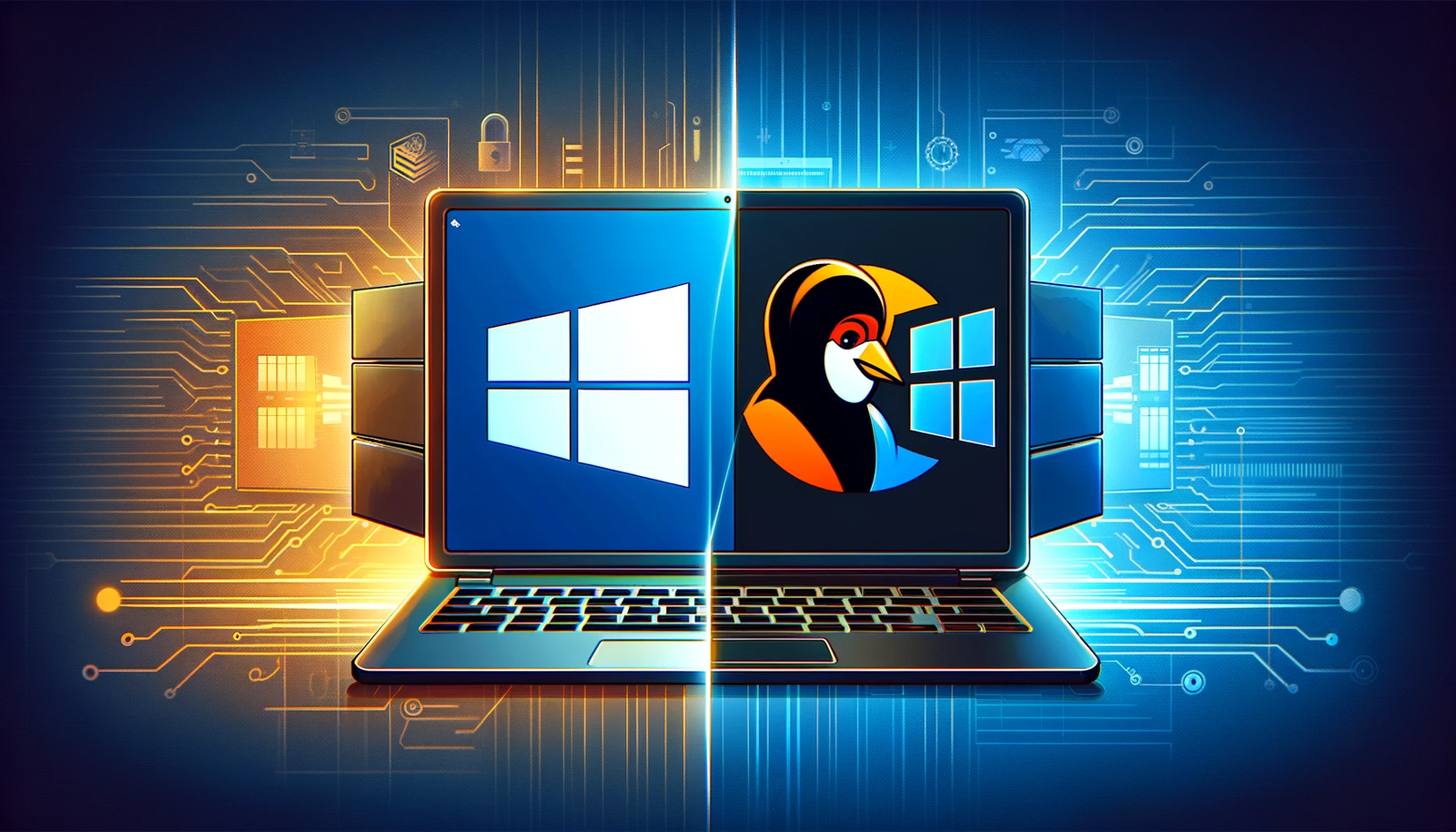In the ever-evolving realm of cybersecurity, Kali Linux stands out as a premier tool for penetration testing and security auditing. But what if you’re a Windows 11 user? Fear not, for the integration of Kali Linux into the Windows environment is seamless, thanks to Windows Subsystem for Linux (WSL). Here’s a comprehensive guide to installing Kali Linux on Windows 11, tailored for both beginners and seasoned tech enthusiasts.
Prerequisites: Laying the Groundwork
Before diving into the installation process, ensure your system is ready:
- Updated Windows 11: Your operating system should be up-to-date.
- Disk Space: Reserve at least 20GB of free space.
- RAM: 8GB is the minimum, but 16GB is recommended for optimal performance.
- Administrator Rights: You’ll need full access to your Windows machine.
- Stable Internet Connection: Crucial for downloading files without interruption.
- Kali Linux ISO Image: Download it from the official Kali Linux website.
Step 1: Setting the Stage with WSL
- Enable Windows Subsystem for Linux: Start by opening PowerShell or Command Prompt as an administrator. Type
wsl --installand hit Enter. This command sets up WSL2, GUI support, and the Ubuntu image. Remember to restart your computer post-installation. - Activate Necessary Features: Open an administrator command prompt and execute the following:
dism.exe /online /enable-feature /featurename:VirtualMachinePlatform /all /norestartdism.exe /online /enable-feature /featurename:Microsoft-Windows-Subsystem-Linux /allRestart your computer when prompted to solidify these changes.
Step 2: Welcoming Kali Linux
- Linux Kernel Update Package: This step ensures the smooth functioning of Kali Linux within WSL.
- Installing Kali Linux: Visit the Microsoft Store or Kali Linux’s website to download and install Kali Linux via WSL. This process integrates Kali seamlessly into your Windows environment.
- Win-Kex for GUI Lovers (Optional): If you prefer a graphical interface, install the Win-Kex utility. It’s a game-changer for navigating Kali Linux’s myriad tools and applications.
Wrapping Up: Post-Installation Best Practices
Once Kali Linux is up and running, a system update is a wise move. This can be done by executing sudo apt update && sudo apt upgrade in the Kali terminal. It ensures you’re working with the latest and safest version of Kali Linux.
Tips for a Seamless Experience
- Keep your internet connection stable throughout the process.
- Encounter a hitch? The Kali Linux community forums and official documentation are treasure troves of information and solutions.
- If you’re new to Linux, brush up on basic command-line skills to make the most out of Kali Linux.
Conclusion
Integrating Kali Linux into your Windows 11 system isn’t just about having the best of both worlds; it’s about empowering yourself with a robust toolset for cybersecurity. Whether you’re a budding security enthusiast or a seasoned professional, this guide aims to simplify the process, enabling you to harness the full potential of Kali Linux within a Windows ecosystem.

Leave a Reply